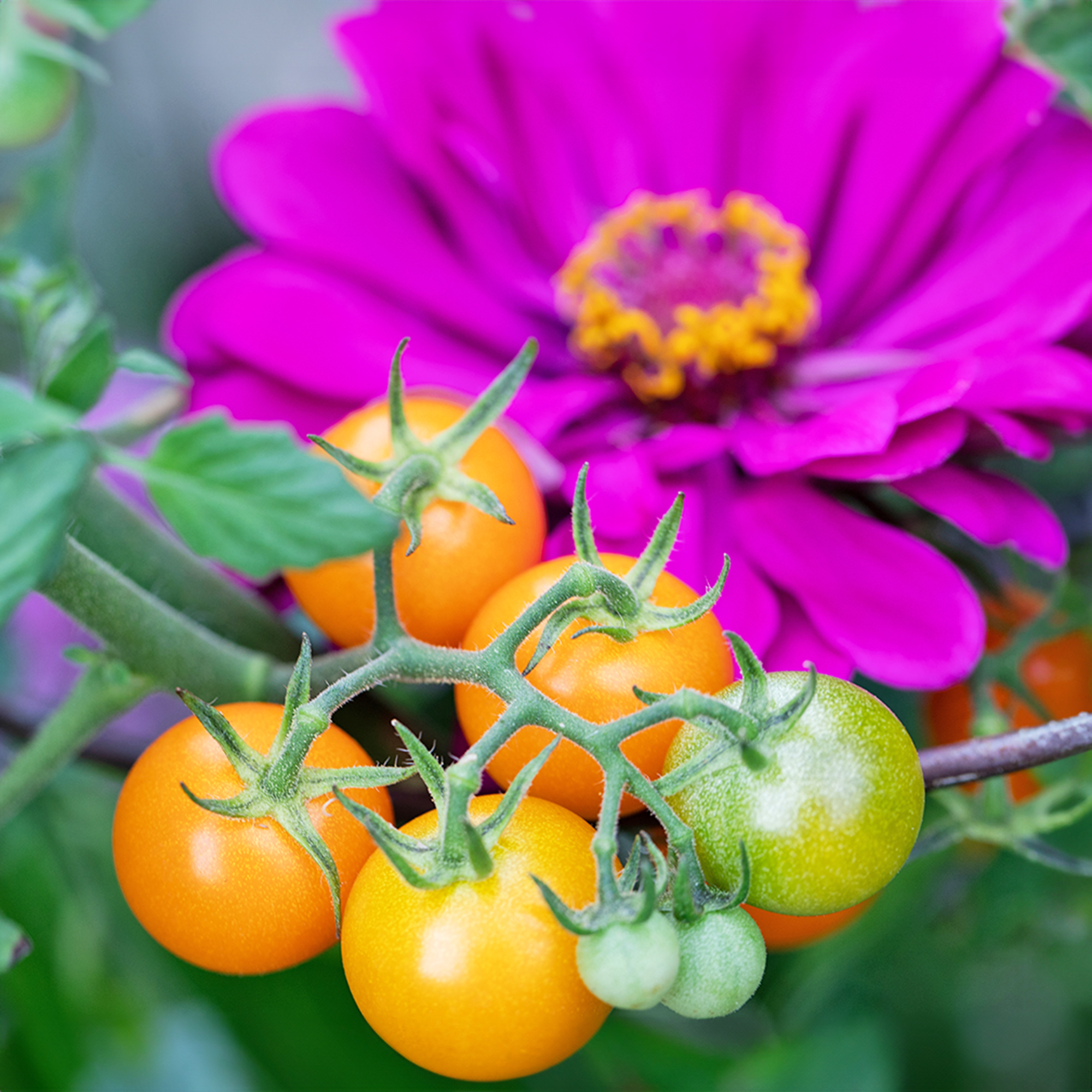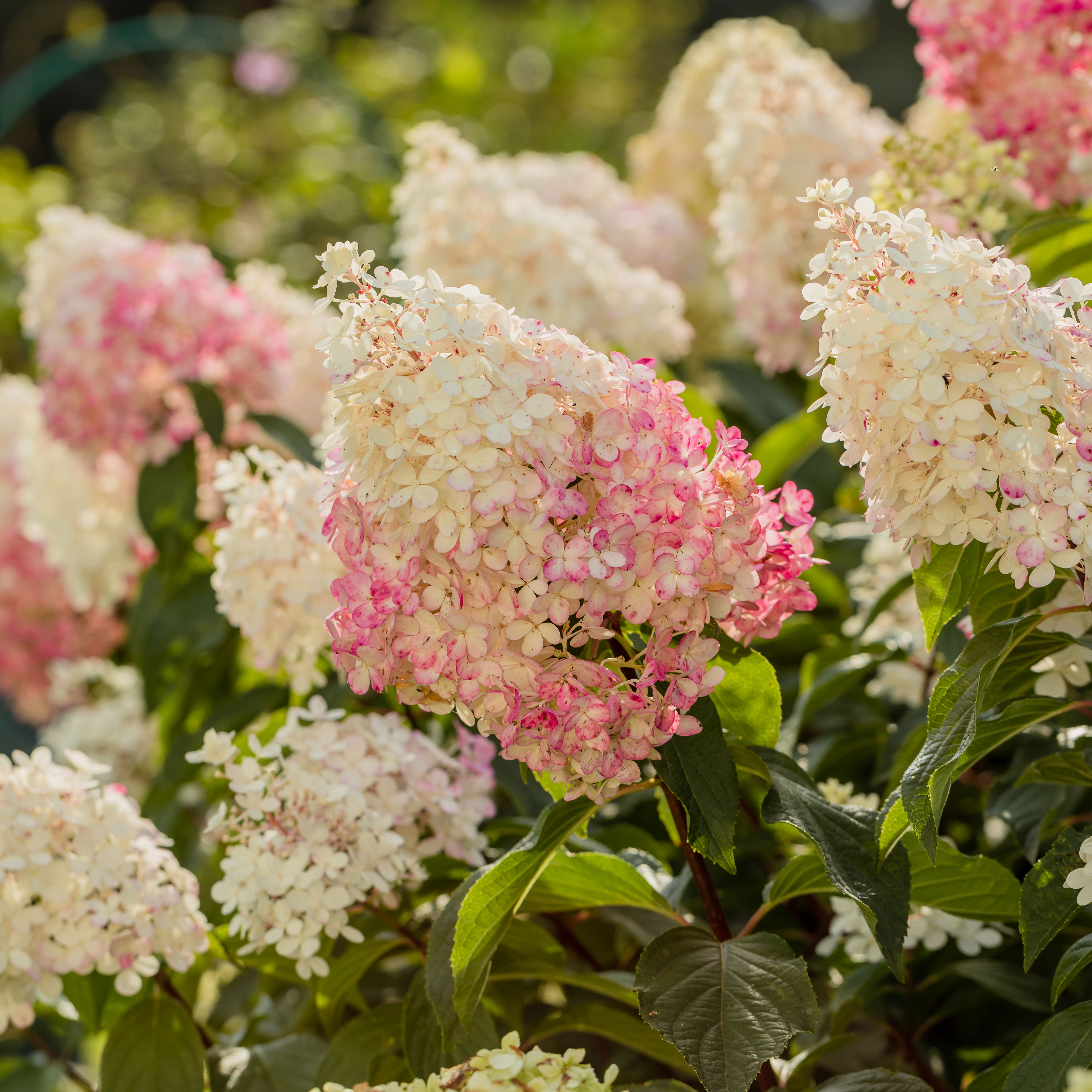What Is Common Teasel: Tips For Controlling Teasel Weeds
Common teasel is an exotic plant native to Europe, brought to the US by the earliest settlers. It has escaped cultivation..


What is common teasel? This exotic European plant has escaped cultivation and has become invasive here. It is often found growing in prairies, meadows, and savannas, as well as in disturbed areas along creeks, railroads, and roadsides across the United States.
Identification of Common Teasel
Common teasel is a tall plant that can reach heights of up to 7 feet (2 m) at maturity. The plant develops a prickly, ground-hugging basal rosette the first year. Spiny, green, egg-shaped flower heads appear atop long stems the second year, eventually morphing into tight cylinders of tiny lavender blooms. Teasel blooms are distinctive for the four or five needle-like bracts that grow from the base of the flower head and curve up and around the flower head. The entire plant is prickly and untouchable, including the leaves and stems.
Common Teasel Facts
Common teasel is a highly invasive plant that can choke out desirable native growth and agricultural crops. The plants have stout, 2 foot (61 cm.) taproots that anchor them firmly into the soil. A single plant can produce as many as 40 blooms, each of which can produce more than 800 seeds. The seeds are easily dispersed by water, birds, animals, and humans.
Teasel Weed Control
Teasel weed control usually requires a multi-pronged approach. Young rosettes are easy to dig up with a long tool, such as a dandelion digger, but be sure to dig deep enough to get the long taproot.
Seedlings can be pulled from moist soil. The key to controlling teasel weeds is to prevent any mature plants from setting seeds, but mowing isn’t effective because the plant is determined and will develop new flowering stalks if the stalks are cut before the plant blooms. Mowing is actually counterproductive because the new, shorter stems may lay horizontal to the ground where flowers reseed easily, safely below the height of mower blades.
The best way to gain teasel weed control is to remove flowering stalks by hand before seeds are mature. Dispose of the flowering heads in sealed bags to prevent spread. Be persistent because the seeds remain in the soil; controlling teasel weeds may require up to five years or even more.
Encourage the growth of healthy native plant populations to prevent re-infestation of common teasel.
Gardening tips, videos, info and more delivered right to your inbox!
Sign up for the Gardening Know How newsletter today and receive a free copy of our e-book "How to Grow Delicious Tomatoes".

A Credentialed Garden Writer, Mary H. Dyer was with Gardening Know How in the very beginning, publishing articles as early as 2007.
-
 8 Perfect Flowers To Plant With Tomatoes To Boost Yields & Banish Pests
8 Perfect Flowers To Plant With Tomatoes To Boost Yields & Banish PestsDon’t forget flowers when choosing companion plants for your tomato beds or pots. These pretty, fragrant blooms add beauty but are also highly beneficial.
By Mary Ellen Ellis
-
 Want The Longest Lasting Hydrangea Flowers? Grow These 8 Panicle Hydrangea Varieties
Want The Longest Lasting Hydrangea Flowers? Grow These 8 Panicle Hydrangea VarietiesFor ornamental shrubs that deliver the longest flowering seasons with plush blooms and delicate hues, these panicle hydrangea varieties are essential in your yard
By Tonya Barnett